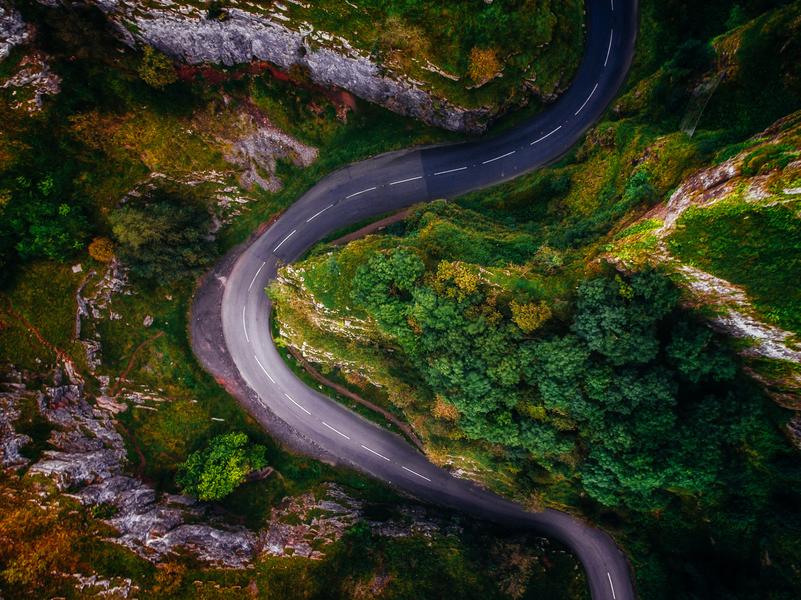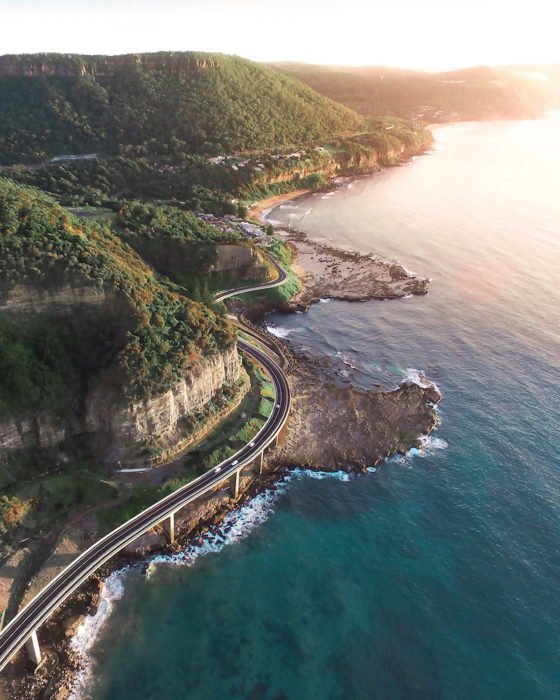Drone Photographer Coeur d'Alene Providing High-Quality Imagery
Drone Photographer Coeur d'Alene Providing High-Quality Imagery
Blog Article
Transform Your Viewpoint: The Art and Scientific Research Behind Drone Digital Photography
Drone photography stands for a significant crossway of creative vision and technical development, making it possible for creators to capture perspectives previously unattainable. Understanding the mechanics of drone innovation, from equipment selections to composition strategies, is essential for attaining compelling imagery. Moreover, factors to consider such as lighting and ecological problems can profoundly affect the final result. As professional photographers fine-tune their skills in both aerial technique and post-processing, they open a richer narrative potential. Yet, what absolutely distinguishes reliable drone digital photography from plain airborne pictures? Discovering this question exposes deeper understandings into the craft and its developing landscape.
Understanding Drone Innovation
Understanding drone modern technology is vital for any individual interested in harnessing its capabilities for digital photography. Drones, or unmanned airborne cars (UAVs), rely upon a mix of equipment and software program to attain trip and capture imagery. At their core, these gadgets are furnished with sensing units, video cameras, and navigating systems that permit them to fly autonomously or be managed remotely.
The main elements of drone technology consist of the trip controller, which works as the mind of the drone, processing data from numerous sensors to ensure secure trip. Additionally, GPS modern technology plays an essential duty in navigating, enabling drones to follow pre-defined flight courses and maintain their position also in tough problems.

Moreover, recognizing the governing landscape surrounding drone use is crucial, as it governs where and how drones can be run, guaranteeing safety and compliance. Knowledge with these aspects of drone innovation empowers photographers to maximize their imaginative potential while sticking to legal standards.
Crucial Devices for Drone Photography
Picking the best equipment is vital for attaining phenomenal lead to drone digital photography. At the heart of this setup is the drone itself, which need to be chosen based upon flight security, electronic camera high quality, and simplicity of use. Popular models often include integrated high-definition cams that catch spectacular aerial images.
Along with the drone, buying a high-grade cam is crucial. Numerous drones come equipped with video cameras with the ability of capturing in 4K resolution, but also for professional-grade results, consider a drone that enables for compatible cameras or supports bigger sensors. This adaptability can substantially enhance picture high quality.
Stabilization is one more essential aspect. A three-axis gimbal is advised for smooth footage, lessening resonances that can detract from photo clearness. Additional batteries and a trusted battery charger ensure extended trip time, allowing for more extensive shoots (drone photographer coeur d'alene).
Understanding Make-up Methods
Mastering composition methods is basic to raising your drone digital photography from regular to remarkable. A well-composed photo records the viewer's attention and shares a powerful story.
One of the necessary concepts to consider is the policy of thirds, which entails splitting your framework into a grid of nine equal components. Placing crucial elements along these lines or at their junctions creates visual rate of interest and equilibrium. In addition, leading lines can assist the visitor's eye with the picture, accentuating the subject and including depth.
Another effective strategy is framing, where natural environments such as trees or buildings frame the subject, improving the centerpiece. This technique not just gives context yet also creates a sense of affection within the scene.

Finally, constantly be mindful of the perspective line. A crooked horizon can sidetrack and detract from an otherwise captivating image. By understanding these composition techniques, you can significantly improve the influence of your drone photography.
Lights and Climate Factors To Consider
In drone photography, the interplay of lights and climate can dramatically affect the high quality and state of mind of your photos. Ideal illumination problems are essential; the golden hours-- shortly after daybreak and prior to sundown-- supply soft, diffused light that boosts shades and minimizes harsh darkness. During these times, the landscape appears extra vibrant and dynamic, enabling for awesome airborne shots.
Alternatively, cloudy skies can produce a level, low-key combination, yet they can additionally supply even lighting that lowers comparison and highlights information in the setting. This can be beneficial for catching textures in city setups or detailed patterns in nature.
Weather problems, such as rainfall, haze, or snow, can additionally include one-of-a-kind components to your digital photography. Haze can create a sense of secret, while rain can enhance shades and saturate the landscape. Nonetheless, it is important to think about the security of your drone; flying in negative weather can cause equipment damages or loss of control.
Ultimately, comprehending just how illumination and climate impact your airborne shots enables you to choose the ideal conditions for your drone photography, ensuring compelling and visually striking photos.
Post-Processing Tips and Tricks
After recording sensational airborne pictures, the following action involves refining those shots via post-processing. This crucial phase boosts the visual impact of your photographs, permitting you to highlight the one-of-a-kind point of views that drones provide.
Start with software tools like Adobe Lightroom or Photoshop, which supply durable editing abilities. Begin by fixing exposure and white balance to make certain that Continue your shades appear realistic. Make use of histogram checks to achieve ideal illumination levels, preventing too much exposure or loss of information in darkness.
Following, boost comparison to include deepness to your pictures. Adjusting clarity can hone crucial information without introducing sound, which is especially helpful in airborne shots where appearance plays a significant duty. Do not shy away from cropping; this can aid concentrate the customer's interest on the major subject.
Shade grading is an additional effective tool. Explore saturation and vibrance to make the landscape pop, yet apply these changes sensibly to maintain a natural look. Think about using a slight vignette to direct the visitor's eye towards the facility of the picture. By grasping these post-processing methods, you can raise your drone photography to new heights.
Conclusion

What genuinely distinguishes effective drone digital photography from mere aerial photos? Many drones come furnished with cams qualified of shooting in 4K resolution, yet for professional-grade results, think about a drone that permits for interchangeable cams or supports bigger sensing units. By mastering these composition techniques, you can significantly improve the effect of your drone photography.
In drone digital photography, the interplay useful link of lighting and weather can dramatically influence the high quality and state of mind of your photos (drone photographer). By understanding these post-processing strategies, you can boost your drone digital photography to brand-new elevations
Report this page